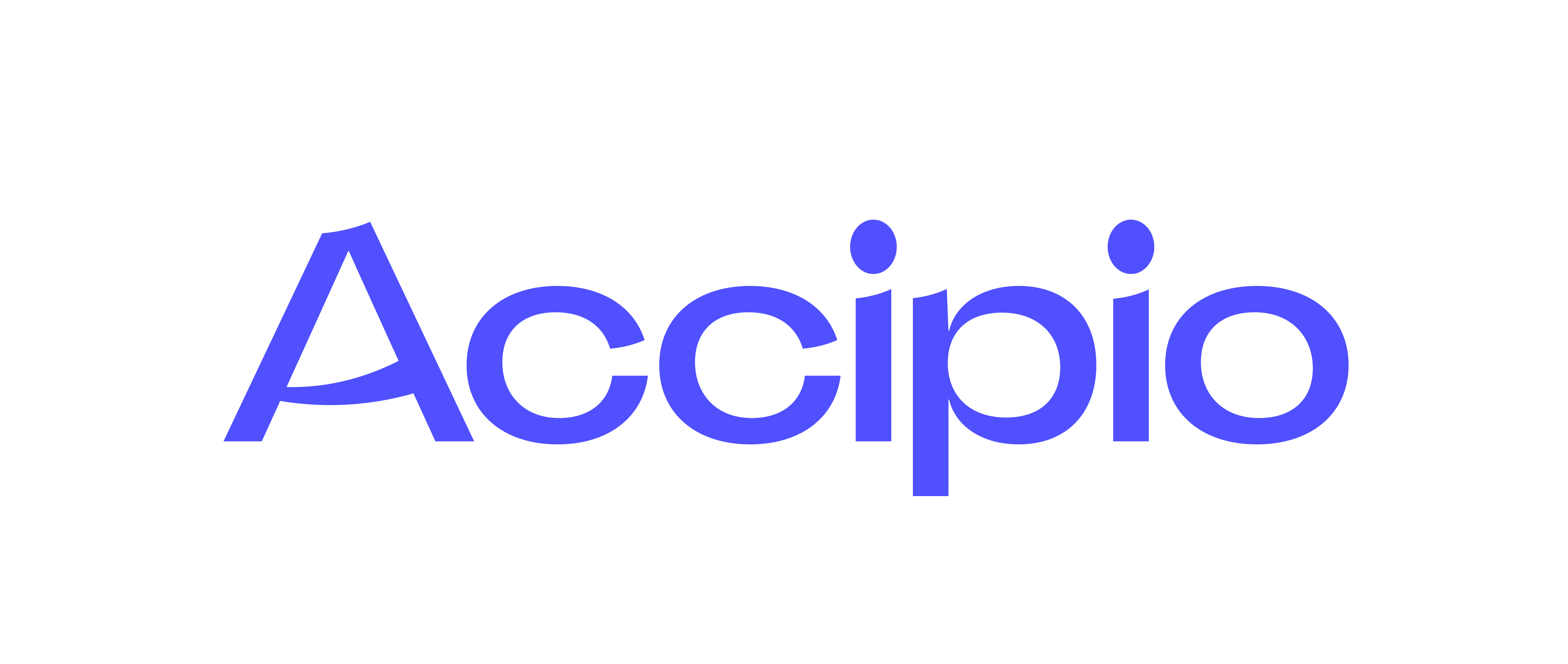12 Apr The ADKAR Model
The ADKAR model is one of the most important models in ensuring the change process occurs efficiently. The model focuses on the ‘people’ element of change, specifically how to ensure the employees involved support and believe in the change. Once this has been done, the model moves to look at the business dimension, as once the people are behind it the processes must then be focused on. The model is developed from a study of 900 organisations across 59 countries over a 14-year period, carried out by the US research organisation, Prosci.
The research found that getting employees to support a change strategy was the key to its success, and there are 5 key steps to ensuring employee support.
Awareness – Employees need to be aware of exactly what change is occurring and why it is necessary. If employees are not aware of these things, they can lose motivation and direction within the strategy. The manager has a crucial role in ensuring employees are fully aware of every element of the change process.
Desire – Support for the change strategy should come naturally from the employees. Rather than forcing the change upon your employees, including them in developing the project and vision will ensure their support for the final outcome.
Knowledge – Change will likely bring a change in routine and skills for your employees, as well as the overall organisation change. For this reason, employees should be fully supported in their acquisition and development of these skills.
Ability – This knowledge must then de developed, but this can only happen if the individuals have the necessary ability.
Reinforcement – The change process, and rewards for individuals changing their methods, should be reinforced long after the change has occurred. This ensure employees resist the temptation of slipping back into old habits.
The business dimension then focuses on identifying a need for change, the objectives that need to be met, how you will go about meeting these objectives and the timescale in which this will be completed.
Both the business and people dimensions must be carefully nurtured for a successful change strategy to be implemented. Neglecting employees may generate resistance, which can make process changes occur slowly and tasks not be completed properly. On the other hand, time must be spent focusing on the business dimension of change as well.
The ADKAR model is a useful tool for helping individuals cope and plan for the change process, as well as monitoring their reactions as it occurs. Despite the model occurring in order, it is also important to recognise that individuals will be at different stages of the process at different times.
Prosci. (2009). Best Practices in Change Management. Available at: https://www.prosci.com/bookstore/best-practices-in-change-management-2014-edition.html?utm_source=best-practices-report&utm_medium=redirect&utm_campaign=cm

